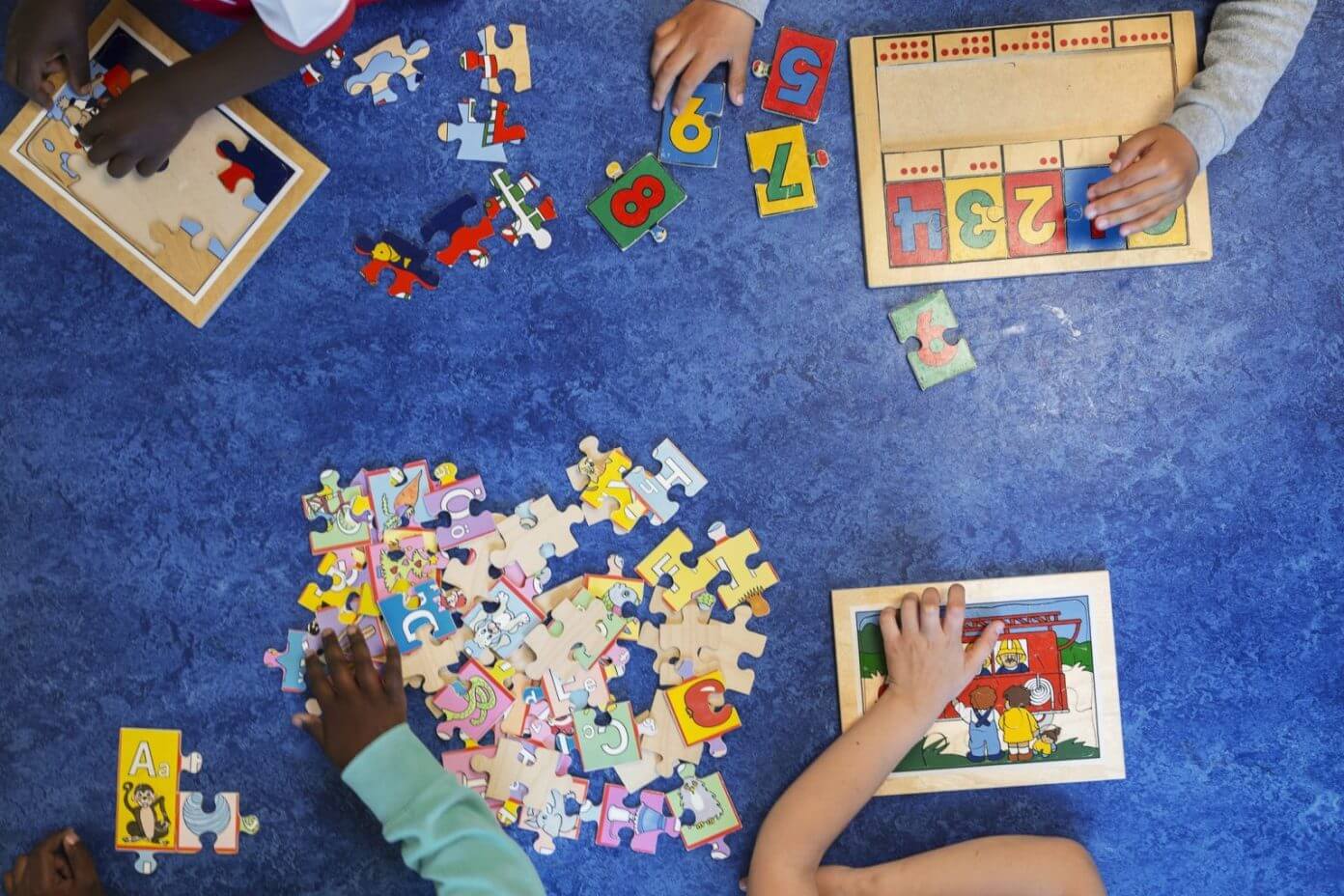
The sweeping $1.9 trillion coronavirus relief package that Congress passed last week will bring direct relief for millions of Marylanders, but especially to families still struggling amid the pandemic.
In a virtual roundtable on Wednesday, Maryland Sen. Chris Van Hollen (D) highlighted the urgent needs that the American Rescue Plan provides for childcare. Over 78,000 licensed childcare spots in Maryland could be lost from the pandemic and exacerbate the already stark shortage of childcare providers, he said. That’s especially significant because women of color make up half of all childcare providers in the state.
“If we don’t address this issue urgently, it will not only mean greater hardship to families with children, and to those who provide care, but also to our overall economy,” Van Hollen said.
The American Rescue Plan will funnel $513 million into Maryland for childcare assistance to families and daycare providers, as well as $11 million for Head Start programs.
Families with children will also see direct benefits through an expanded Child Tax Credit for the 2021 tax year, which was increased from $2,000 to $3,600 per child under the age of 6 and $3,000 per child ages 6 to 17. The Child and Dependent Care Tax credit, which helps offset child care expenses, increased from up to $2,100 to up to $4,000 for one child or $8,000 for two or more children.
These changes are expected to lift 52,000 Maryland children out of poverty. Although these credits only last until the end of the year, Van Hollen said his hope is to extend that provision permanently.
Maryland childcare providers heralded the American Rescue Plan, but said there is a long road to recovery. “This is an infrastructure that was already tenuous and it needs rebuilding completely,” said Chris Peausch, executive director of the Maryland State Child Care Association.
Most childcare centers have been operating at 50-60% capacity while beset with additional costs of sanitization and personal protective equipment to meet U.S. Centers for Disease Control and Prevention requirements. Maryland childcare centers are losing around $56,400 a month in revenue on average, operating at significant losses and dipping into savings, Peausch said.
“We really need the Rescue Plan — we need it for stabilization grants that are based on financial stress or disruption and operations. The grants should be equitable should be calculated by the percentage and loss of enrollment from March 2020 through March 2021,” she said. Recent childcare grants have not taken full scope of losses into account, she said.
A survey conducted at the end of January by the Maryland Family Network found that daycare monthly expenses have increased by an average of $5,300 per childcare facility.
Without any financial assistance, 49% of childcare providers said they may have to close permanently, after having experienced an average 20% drop in enrollment between January 2020 and January 2021.
Over the last year, 745 family childcare programs, which operate at home, shut down, according to Ruby Daniels, the president of Maryland State Family Child Care Association. Providers who do not have strong computer skills and speak English as a second language need more help navigating the loan and grant application process, and some reportedly did not get anything from the initial CARES Act, she continued.
Providers who normally offer afterschool enrichment programs “became teachers overnight” when students began virtual learning, said Tracy Broccolino, director of education at Howard County Community Action Council. They have found creative ways to create a social environment while social distancing, such as Zoom paint nights and hot chocolate and chat video calls, and these extra efforts deserve more compensation, Broccolino contended.
“I am hoping that this rescue plan allows us, as childcare providers, to not just survive, but to start paying our childcare teachers what they deserve,” she said. Although Maryland is on track to raising the minimum wage to $15 per hour by 2026, childcare providers need that raise right now, she said.
“That’s going to be our challenge…making sure first we weather the storm but then we really build a stronger system for early education and quality childcare,” Van Hollen said.




 Creative Commons Attribution
Creative Commons Attribution